|
You did the assessments. You have the data. But how do you decide if the lagging skills should be a goal area, an accommodation, or a modification? Let me tell you! Here's how I decide if a lagging skill should be a goal area, an accommodation, or a modification! I start by asking... What areas of the curriculum are impacted by the student's disability? Then, I go through each item I listed and ask... Can we put an accommodation or modification in place to remove this hurdle to the curriculum? OR Is this a hurdle that requires Specially Designed Instruction? Now, I review my list and... 1-Add accommodations to the IEP -be specific & choose appropriate accommodations for the student's disability 2-Hurdles that need Specially Designed Instruction are your goal areas! Example:Hurdles: Fluency, Comprehension Classroom Accommodation(s): Text to Speech for content area materials This Classroom Accommodation will support the student's ability to access the grade level material in the classroom, but this lagging skill also requires Specially Designed Instruction SO it may also need to be an IEP goal area, in this student's case. IEP GOAL: By the end of the IEP period, STUDENT will achieve a benchmark score of 16 (or higher) of the DIBELS' subtest MAZE. IEP OBJECTIVE: STUDENT will a score of 96 (or higher) on 3 consecutive administrations of the DIBELS' Oral Reading Fluency - Accuracy. Example:Hurdles: Written Expression Classroom Accommodation(s): Speech to Text, Exemplars of Writing Assignments, Word Banks for Content Area Vocabulary This student's evaluations demonstrated that the student had the skills in the area of Written Expression; however, the student was not always demonstrating these skills in the classroom. Based upon assessment and observation data, the Classroom Accommodations of Speech to Text, Exemplars of Writing Assignments, Word Banks for Content Area Vocabulary will support the student in overcoming the hurdle in the area of Written Expression. This student would not require Specially Designed Instruction in Written Expression so no IEP goal needed for Written Expression! Click HERE to grab a pdf of this chart for your own teaching! And once you choose your goal areas, check out my blog post on how to write SMART IEP goals! Happy & Healthy Teaching! PEACE, Miss Rae Related Blogs...Related Resource...Take the course...
0 Comments
Executive Functioning (EF) skills are a bigger indicator of school readiness and predictor of academic success than IQ.
EF skills are an umbrella term for the cognitive processes of planning, working memory, attention, problem solving, mental flexibility, verbal reasoning, mental flexibility, and emotional self regulation. These skills impact time management, organization, initiation of tasks, multi-tasking and planning ability, and making connections between past experiences and current actions. Essentially, they help students set a stage for and engage in learning! EF skills are required for learning! What are the signs that EF skills are impacting a student? -forgetting multi-steps for solving problems -forgetting multi-step directions -daydreaming in class -being easily distracted -trouble starting tasks independently -difficulties with organization -losing things frequently -time management difficulties -being unable to finish assignments on time -struggling with transitions -forgetting names, directions, homework assignments So what can we do for our students who need a little EF support? Well, we can start with some classroom accommodations! Executive Functioning Accommodations: *Visuals! (i.e. picture schedules) *Alert to transitions *Step-by-step instructions in simple language supported with visuals *Color code steps in directions *Graphic organizers *Timers! (i.e. iPads, sand timers, laptops) *Cue student prior to being called upon *Provide an outline of notes for lectures *Highlight keywords *Use a highlighted strip of paper for reading *Sign-off on student agenda daily *Provide checklists for completion of tasks, including editing checklists *Preferential seating (i.e. away from distractions, near good models, close proximity to a teacher) And for your students who have EF disorders, we can support them with IEP goals! Here are some sample Executive Functioning IEP goals and objectives: Given direct instruction, XXX will develop the ability to attend to individual tasks and will improve his/her executive functioning skills through the use of learned strategies for attention and organization in 3 out of 5 observable opportunities by the end of the IEP period. 1. Given support and visual cues, XXX will create a system for organizing personal items in his/her locker/desk/notebook/homework agenda in 3 out of 5 observable opportunities. 2. Given direct instruction and visual supports, XXX will be able to independently and successfully navigate a structured routine within the general education classroom in 3 out of 5 observable opportunities. 3. After explicit and direct instruction, XXX will develop a self regulatory plan for carrying out multi-step tasks (i.e. completing homework, writing an essay, doing a project) and given practice, visual cues and fading adult supports, will apply the plan independently to new situations in 3 out of 5 observable opportunities. 4. Given direct instruction and visual supports, XXX will attend to independent, small group, and whole class instruction and activities with no more than 2 verbal prompts in 3 out of 5 observable opportunities. Given direct instruction through a cognitive enhancement program, XXX will independently apply learned strategies to improve executive functioning skills in 3 out of 5 observable opportunities by the end of the IEP period. 1. Given support and visual cues, XXX will select and create a system for organizing assignments and school work in 3 out of 5 observable opportunities. 2. Given support and fading adult support, XXX will use a checklist and/or visual schedule to independently complete tasks in 3 out of 5 observable opportunities. 3. Given a task or activity, XXX will indicate and gather what items are needed to complete the task in 3 out of 5 observable opportunities. 4. Given a task or activity, XXX will create a plan to complete the task in 3 out of 5 observable opportunities. Given direct instruction, XXX will develop the ability to attend to individual tasks and will improve his/her executive functioning skills through the use of learned strategies for attention and organization in 3 out of 5 observable opportunities by the end of the IEP period. 1. XXX will arrive at class with required materials for daily assignments (i.e. paper, pen, pencil, notebook, textbook, chromebook) in 3 out of 5 observable opportunities. 2. XXX will arrive to class on time in 3 out of 5 observable opportunities. 3. XXX will identify and follow rules in lunchroom, bathroom, halls, and/or bus in 3 out of 5 observable opportunities. 4. XXX will identify and follow rules as specified in each class in 3 out of 5 observable opportunities. Given direct instruction and fading adult support, XXX will remain on task and work independently on classroom tasks in 3 out of 5 observable opportunities by the end of the IEP period. 1. Given direct instruction and fading adult support, XXX will independently begin an assigned task from a prearranged schedule with fading adult support in 3 out of 5 observable opportunities. 2. Given fading adult support, a divider or cubby for distractions, and/or preferential seating, XXX will ignore distractions in environment by continuing to focus on own work in 3 out of 5 observable opportunities. 3. Given fading adult support, a divider or cubby for distractions, and/or preferential seating, XXX will work steadily on task for length of time required by the teacher when given an assignment or activity in 3 out of 5 observable opportunities. 4. Given direct instruction and fading adult support, XXX will attempt to independently resolve problems with an assignment before asking for help in 3 out of 5 observable opportunities. So what does this service look like on a student's IEP? Well, that depends. And it mainly depends on the student. Ask yourself,"What does the student need?" Does the student struggle with initiating tasks? Perhaps that means that a student needs 5 minutes at the start of each lesson for instruction on initiating the task. That might mean gathering and organizing materials. It may also include breaking down the task into manageable steps. Does the student struggle with attending to tasks? Maybe this student needs direct training on using checklists or strategies for focus. This may mean a 5 to 10 minute small group on attending strategies with some additional support in the classroom on how to implement those attending strategies. Each student is different. Determine the need and develop a plan to bolster that need into a strength! Happy teaching! By Miss Rae 4/13/2019 4 Comments How to Track IEP Data
The most important component of special education - next to the students - is the data!
Data is a special educator's lifeline. We employ data for eligibility determinations. We use it to monitor progress toward a student's IEP goals. We use it to set goals for students, determine extended year programming, report at meetings, and qualify our statements in meetings and on special education documents. We need the data to justify the TEAM's decision about a student's plan. We know the importance of data. The hard part is tracking it! Here's how I do it?
FIRST
I review at my students’ IEP goals and objectives. During this process, I pair each objective with an assessment. For example, if a student has a sight word reading goal using the Fry Word List, I pull out the Fry Word List. When I’m finished pairing assessments, I set a schedule for each probe. I typically begin the year with a full battery of assessments to obtain a baseline for a student’s goals and objectives. Some objectives are then tested weekly. For example, I will complete a weekly running record on a student’s reading. Other objectives I may assess monthly. This may be a student’s writing objective regarding a narrative piece of writing. As a result, I will plan to have a completed narrative writing piece once per month. I put this schedule into my Google Calendar and check this step off of my To Do List! You can also grab some of my favorite FREE progress monitoring assessments HERE! THEN I organize my students’ goals and objectives along with the assessments I have chosen for each on tracking forms. All forms contain a student’s name, goal(s), and objectives. The forms, then, vary by the assessment schedule. For example, some goals and/or objectives may need a spot for weekly tracking while others may need a monthly. When a student is assessed, I record the score (AKA the data) directly onto the form along with the date. This keeps my data all on one form that I can pull out on the spot when it is needed. So, if a parent states “Ben says he completes all of his work, but you lose it,” you can pull out your trusty form with evidence that Ben has completed 30 percent of his assignments in the last month. Or when it’s time to write Special Education progress reports, you don’t have to dread it. The data is at your fingertips.
The tool I use for this is my IEP Data Collection Progress Monitoring Forms and Cards for this.
You can grab my IEP Data Collection Progress Monitoring Forms and Cards from Miss Rae’s Room Teachers Pay Teachers Store HERE! If you need to track behavioral data, check out my BEHAVIOR Data Tracking Forms & Points Sheets!
Next
I break out the three-hole punch and get wild! I keep all of my tracking forms in a binder (because I grew up in the 80s, okay?!). When my caseload is on the small side, it makes my life easier to organize my binder sections by student. In this way, when I need my data for a particular student, I can quickly find it, and I don’t have to flip from section to section when I am writing reports. However, as caseloads sometimes grow over the years, it has become more efficient to have the sections organized by assessments. So when my Google Calendar alerts me that I need to test math fact fluency, I can quickly flip to the section containing the sight word assessments and tracking forms for that probe. I also keep reference sheets in my binder for easy access. For example, I always keep my DIBELS benchmarks with me at all times! Click
|
CategoriesAll 504 Academic Testing Academic Testing Reports Achievement Testing Reports Back To School B/d Reversals Coronavirus COVID-19 Discrepancy Model Distance Learning Distance Learning With LD ELL Emotional Disability Executive Functioning Extended School Year First Year Special Education Teacher Advice Fluid Reasoning FREEBIES Goal Tracking IEP IEP At A Glance IEP Goals IEP Meetings Learning Disability Oral Reading Fluency Positive Affirmations For Special Education Students Progress Monitoring Reading Remote Learning RTI Rubrics Running Records SEL For Learning Disabilities Social Emotional Learning Special Ed Teacher Interview Questions Special Ed Teacher Job Description Special Education Special Education Progress Reports Special Education Reading Special Education Reading Programs Special Education Students Special Education Teachers Special Education Teachers Positive Affirmations Special Education Teacher Tips Special Education Websites Specially Designed Reading Instruction Teaching Strategy Trauma Wilson Reading Wilson Reading IEP Goals Writer's Workshop |
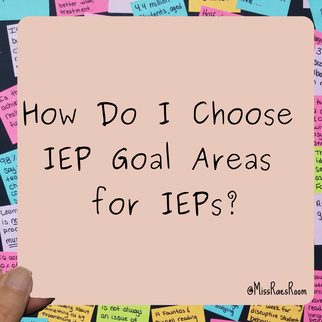
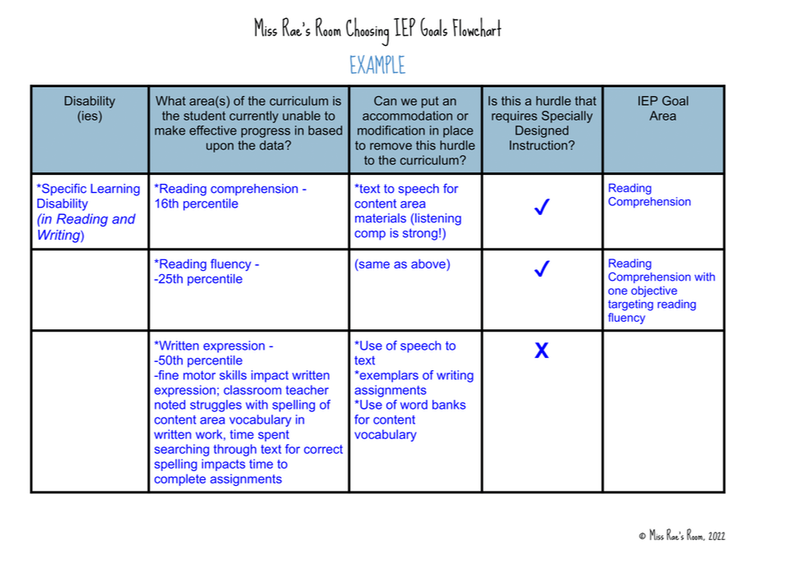
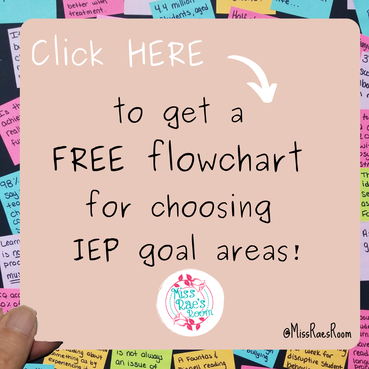
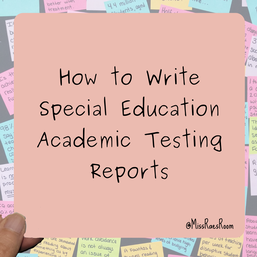
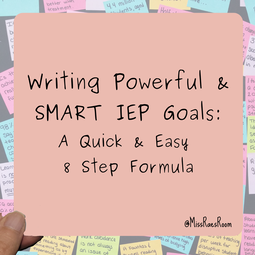
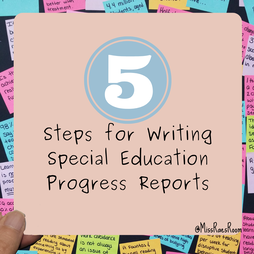


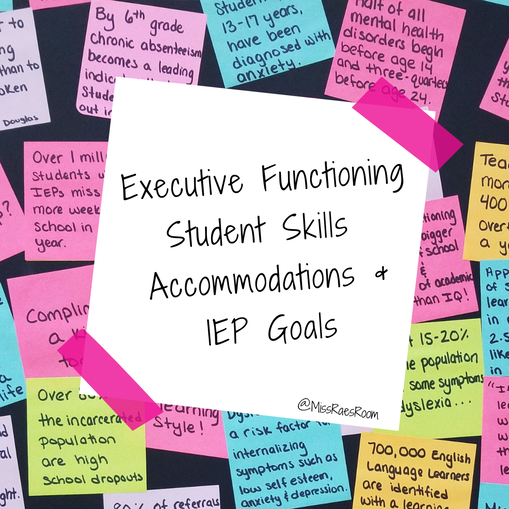
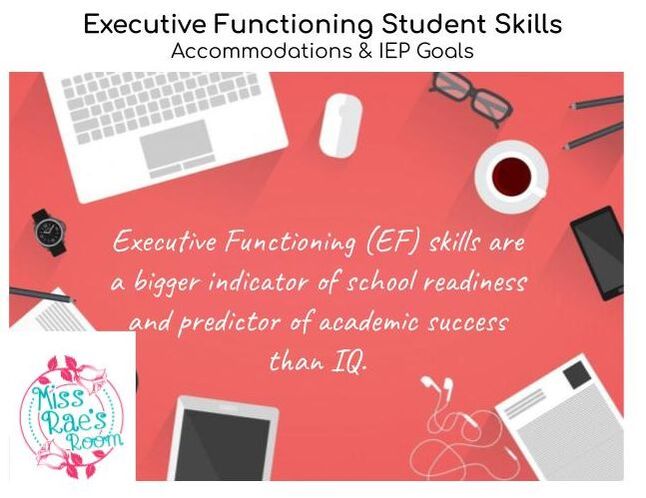
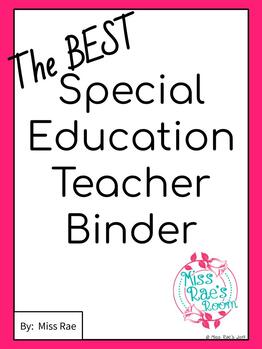
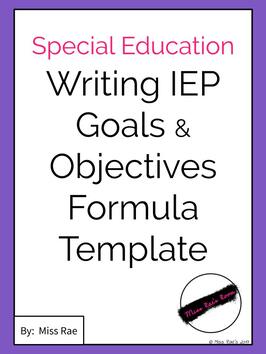

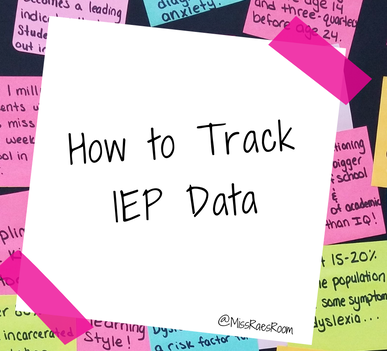
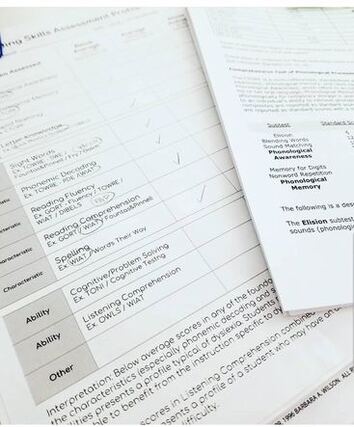
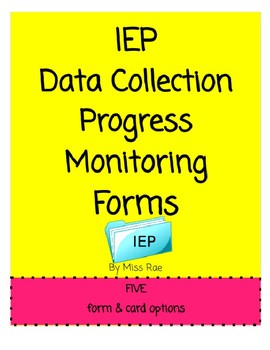
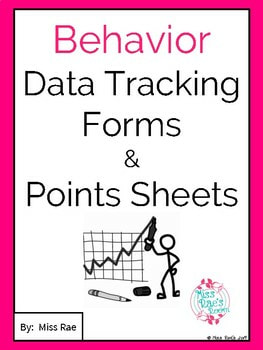
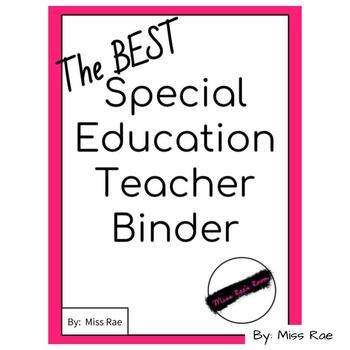
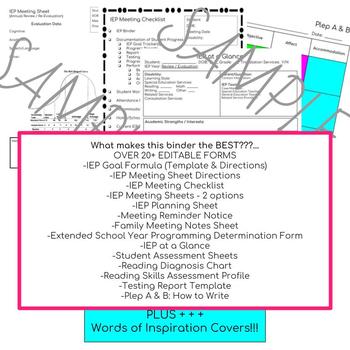
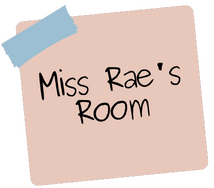
 RSS Feed
RSS Feed